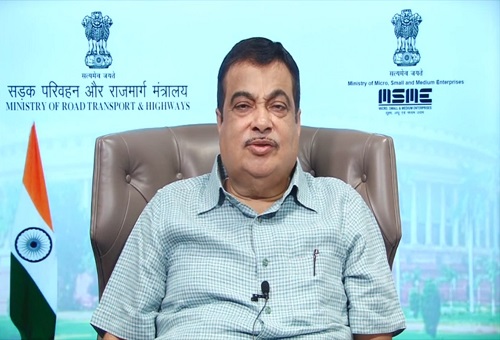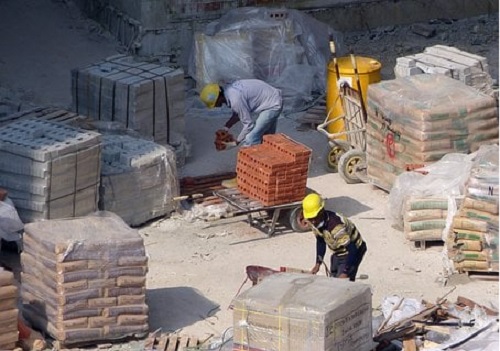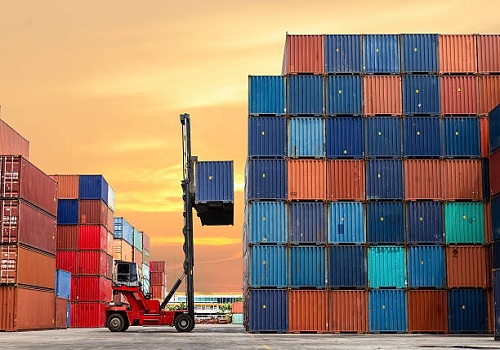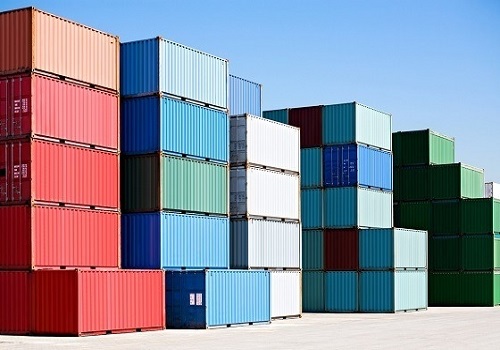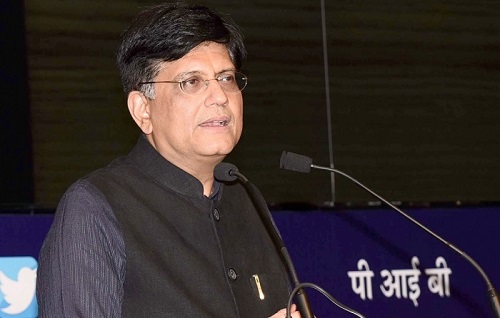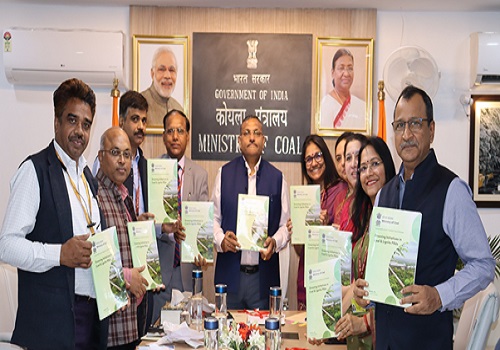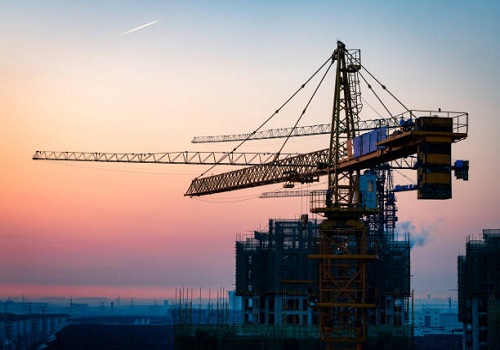India to bolster carbon trading market with stabilisation fund

Follow us Now on Telegram ! Get daily 10 - 12 important updates on Business, Finance and Investment. Join our Telegram Channel
India is planning a stabilisation fund to keep prices of credits in its planned carbon market above a certain threshold, ensuring that they remain attractive for investors and that the market succeeds in cutting emissions, two government sources said.
Money in the fund would be used by a market regulator to buy carbon credits if prices fell too low, one of the officials said.
Consistent investor interest in credits and a floor under the price would be needed because sharp falls in the market could discourage industries from reducing carbon dioxide emissions, that official added.
Planning envisages the market becoming fully operational in 2026, covering 37% of the country's emissions, according to slides, seen by Reuters, that the Power Ministry has shown to stakeholders. The sources said the government intended to publish the market's rules soon.
Details would be announced next year, said a third person, Samrat Sengupta, vice president for new businesses and market strategy at carbon offsetter EKI Energy Ltd, which has been briefed by the government.
In creating a carbon market, a country sets a limit on emissions and then allocates a corresponding quantity of tradable permits, or credits, to emitters. The quantity reduces over time. If a company wants to emit more, it can buy more credits at the market price, but it will also consider whether constraining or even cutting its emissions might more profitable.
The source said the federal government would set up the stabilisation fund. Exactly how it would work and where the money would come from was still under discussion.
The second source said the World Bank had shown interest in financing the carbon market if a stabilisation mechanism were created. The bank extended an $8 million grant to India in 2016/17.
"The World Bank continues to remain committed to support India in developing a carbon trading market and other instruments to help scale up financing for key climate transitions," it said in an email to Reuters.
India's Power Ministry did not respond to a request from Reuters for comment.
The plans for creating a stabilisation fund and funding details have not been reported previously. The officials spoke on condition of anonymity.
Beginning in 2008, prices of carbon credits in other countries slumped heavily, because of that year's economic crisis and because governments had issued too many of them.
In the European Union, a credit worth 1 tonne of carbon dioxide traded at just 5 euros in 2012, down from around 30 euros in 2008, so cutting emissions was not very rewarding. But creation of a market stability reserve in 2019, among other measures, has seen the price rise to between 75 and 95 euros per tonne.
MARKET LANDSCAPE
The Indian market would cover emissions of carbon dioxide and also five other greenhouse gases valued in terms of their carbon dioxide equivalence, the sources said.
Power Minister R.K. Singh said last week the Central Electricity Regulatory Commission would probably be the market regulator.
In a part of the planned market to be called the compliance market, participation would be obligatory for entities in a dozen sectors, such as oil refining, steel, aluminium and cement, the sources said. Another part, the voluntary market, would be open to other entities.
India already has a market for trading certificates in above-target energy savings. Entities in 13 sectors must participate.
Green energy companies formed a group in October to mediate between the government and industry. They included Adani Green, owned by billionaire Gautam Adani, Hero Future Energies, Ayana Renewable Power and global private equity major KKR's Virescent Infra.
The targets for reducing each sector's emissions will be set by committees of the environment, power and renewable energy ministries, the two officials said.
Sector-wise share of carbon emission in India

India's carbon market is being set up in two phases, according to the government's presentation slides. In the first phase, between 2023 and 2025, the existing energy-savings certificates will be converted to carbon credits.
The government was still considering whether the new market would subsume one in which certificates for renewable energy generation are traded, the two officials said.
India has committed to cutting its ratio of greenhouse emissions to gross domestic product by 2030 to 45% of its 2005 level and to net zero by 2070.












 320-x-100_uti_gold.jpg" alt="Advertisement">
320-x-100_uti_gold.jpg" alt="Advertisement">

